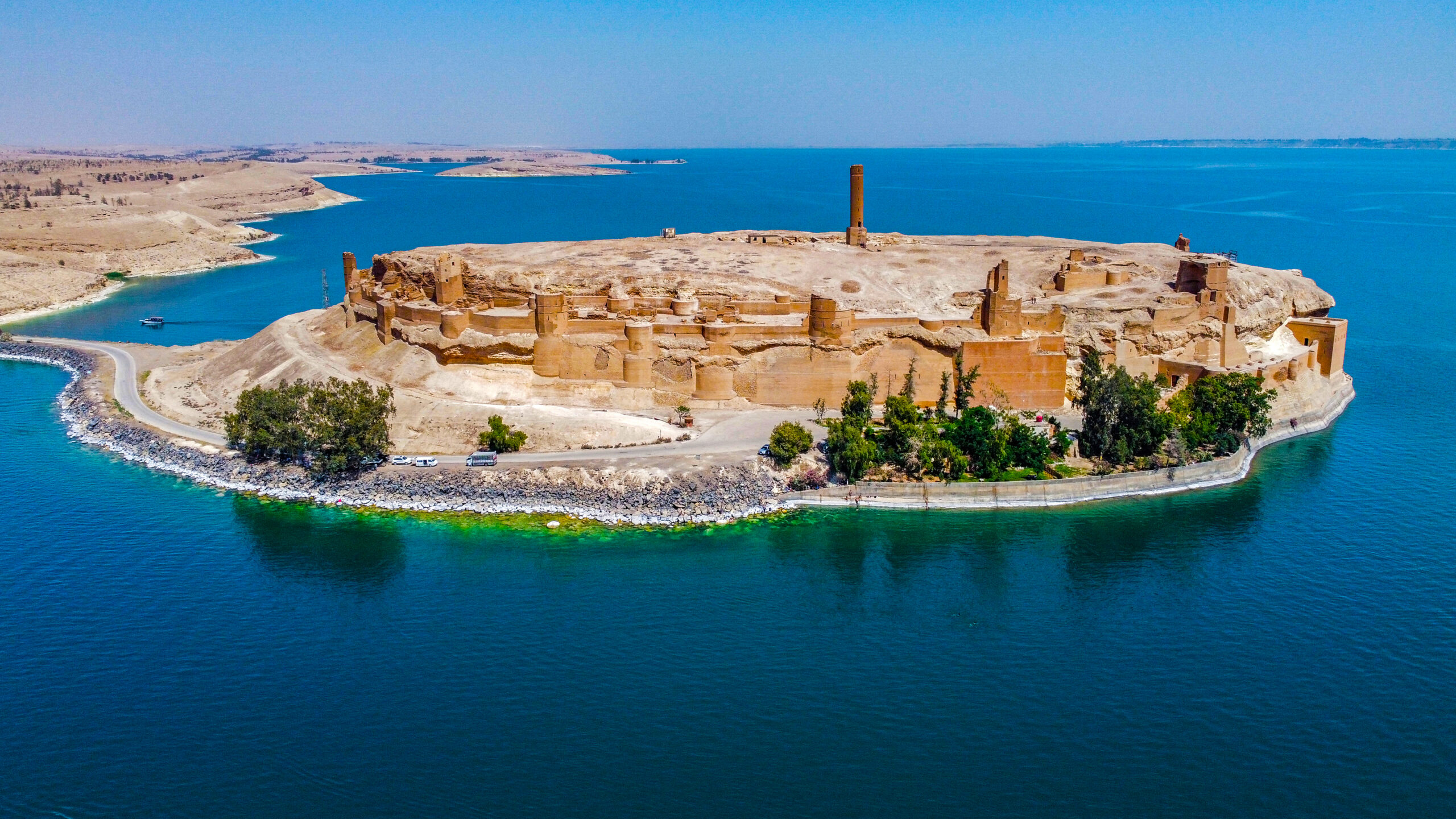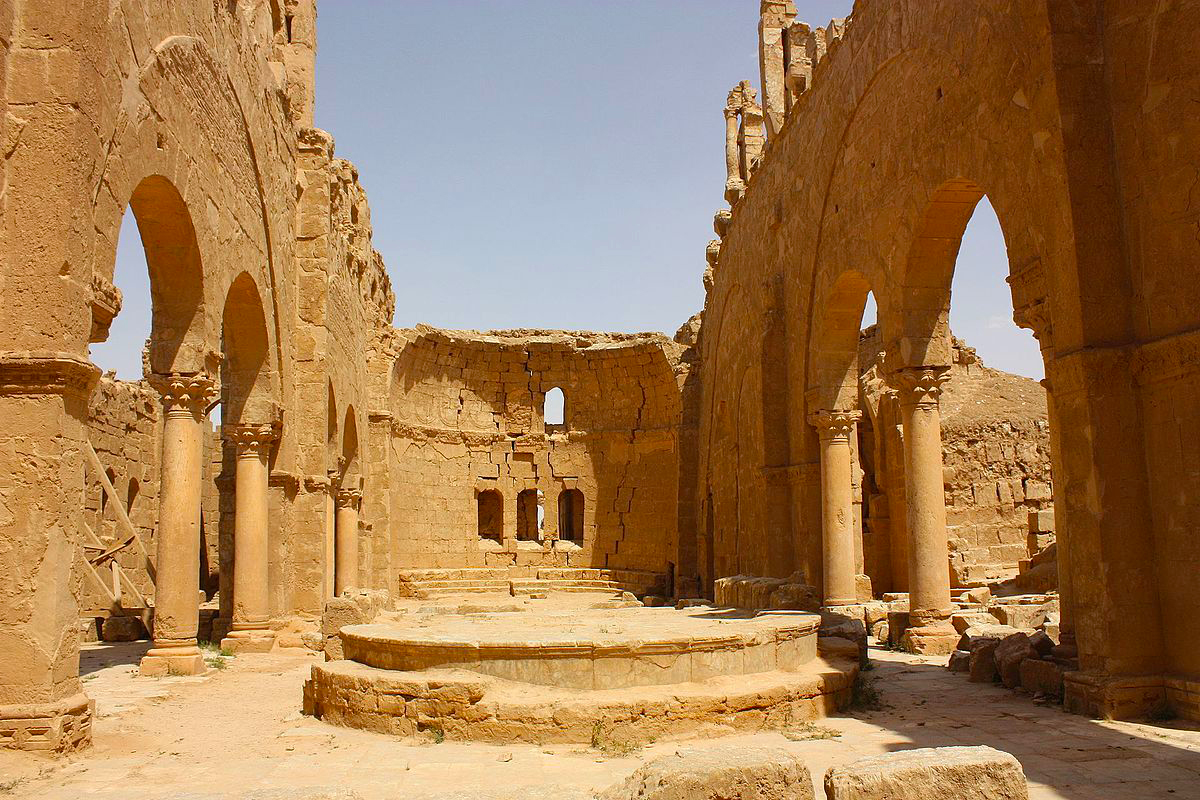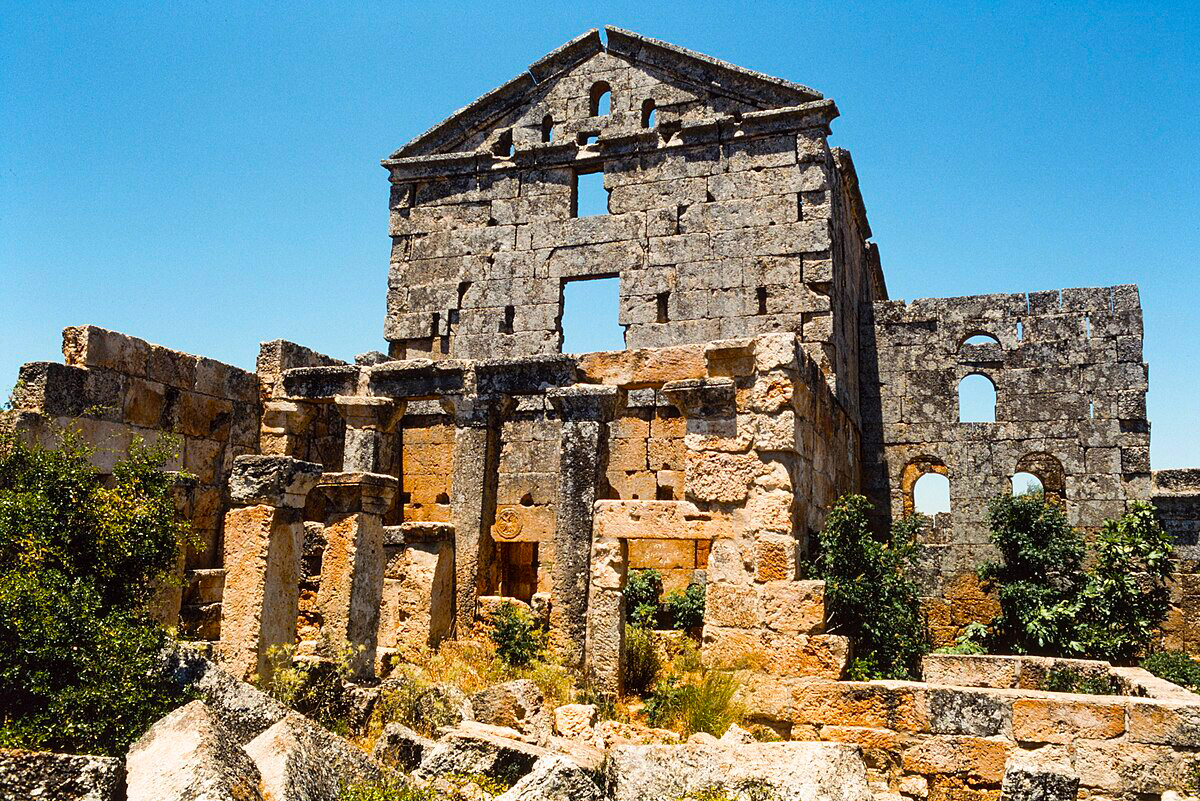| Category | Details |
|---|---|
| Location | Jebel al-Zawiya, Idlib Governorate (approx. 80 km NW of Hama) |
| Founded | Late 4th – early 5th century AD |
| Era | Byzantine / Late Roman |
| UNESCO Status | Part of “Ancient Villages of Northern Syria” World Heritage Site (2011) |
| Size | One of the largest Dead Cities (over 60 hectares) |
| Preservation Level | Rich in monuments, but partially ruined |
| Time to Visit | 2–3 hours |
| Entry Fee | Free (as of latest info) |
| Accessibility | Reachable by car; requires walking and moderate hiking |
| Nearby Sites | Serjilla (5 km), Ruweiha (3 km), Qalb Lozeh (~35 km) |
Al-Bara is the largest and one of the most historically significant of Syria’s Dead Cities. Hidden among the hills of Jebel al-Zawiya, this ancient town flourished between the 5th and 8th centuries AD, thriving on olive oil production and trade. It was once a vibrant hub filled with churches, villas, tombs, and even pyramidal mausoleums — many of which still stand today.
Exploring Al-Bara feels like uncovering a secret world. Unlike the compact layout of Serjilla, Al-Bara spreads over a vast area, offering both grandeur and mystery.
Why Visit Al-Bara?
A Monumental Ghost Town
Al-Bara isn’t just another ruin — it’s an archaeological kingdom of:
- Massive Stone Villas with multiple rooms and preserved facades.
- Pyramidal Tombs: Rare structures unique to this region, blending Greco-Roman and Eastern styles.
- Multiple Churches, including a 6th-century basilica with pillars still upright.
- Olive Presses and cisterns that show how agriculture shaped the economy.
A Scenic Adventure
Set among rolling hills and olive groves, Al-Bara is a perfect blend of history and nature. It’s a great site for photography, nature walks, or a quiet escape from modern noise.
Architectural Diversity
The variety of buildings here is astonishing — aristocratic homes, community baths, religious sites, and burial monuments, all showcasing distinct styles of early Byzantine Syria.
What to Know Before You Go
- Footwear: Essential! Many ruins are scattered on uneven terrain.
- Time Needed: You’ll need at least 2 hours to appreciate the scale.
- Bring Supplies: No shops or cafes nearby — pack water and snacks.
- Best Time to Visit: Spring for blooming landscapes or autumn for cooler temperatures.
- Combine with Nearby Sites: Especially Serjilla and Ruweiha for a full Dead Cities day.
How to Reach Al-Bara
- From Hama: ~80 km (~2 hours)
- From Aleppo: ~115 km (~2.5 hours)
- From Damascus: ~320 km (~5.5–6 hours)
- Accessible by private vehicle or with a local guide.
A visit to Al-Bara is best as part of a northern Syria historical route, covering multiple archaeological spots in one day.
Nearby Attractions
- Serjilla (5 km): More compact but extremely well-preserved, with a bathhouse and tavern.
- Ruweiha (3 km): A quieter, less-visited site with an impressive basilica.
- Qalb Lozeh: A pristine early Christian church with a spectacular façade.
- Dead Cities Trail: You can plan a route that covers 4–6 sites in one or two days.
Final Thoughts
Al-Bara is a place of lost glory and silent stone memories. More than a tourist stop, it’s a journey into the soul of Syria’s forgotten Christian civilization. With its monumental tombs, elegant villas, and breathtaking location, it rewards explorers who seek stories carved in stone — not crowds.



